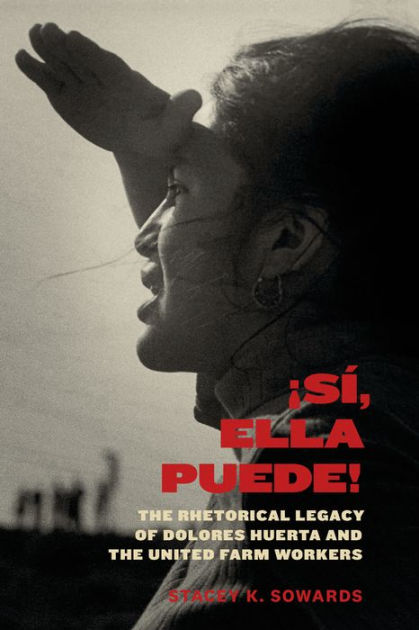We’re filling your Finals Toolkit with tips and resources to help you cross the fall semester finish line strong. This week, check out ways to take care of yourself as well as a few quick reminders as you put finishing touches on projects and papers:

- Ask a Librarian Chat: Monday-Friday, from 1-4 pm, a librarian is online and ready to help answer your questions!
- Citation refresher: Working on your citations page? Let MegaSearch help you! (Click image below to enlarge.)

- Counseling & Consultation Services: Check out CCS’s resources for students, take a confidential online screening, or make an appointment to talk to a counselor.
- Self-care apps: Check out our Self-Care LibGuide for a list of meditation apps like Shine. Or, try a coloring app like Paint by Number Coloring Games as a way to relax.
- Self-Care Station: Visit the Self-Care Station on the entry level of The Ames Library for relaxing activities, games, and recreational reading.
- Sleep: It may feel like studying is more important than sleep, but research tells us that’s not the case. Several studies compare sleep deprivation to intoxication–a study of 19-26 year olds found that their performance on tasks after being awake for 20 hours was equivalent to having a blood alcohol concentration of 0.10%. Try establishing a wind-down routine, avoiding screens right before bed, and remember to make sleep a priority.
- Sunbox light therapy lamps: Seasonal affective disorder (SAD) affects millions of people, and one way of coping with SAD is to use light therapy. There are Sunbox light therapy lamps on the 3rd and 4th floors of The Ames Library–try spending 20-30 minutes with a Sunbox lamp to help lift your mood.
- Titan Pantry: Take what food you need from the Titan Pantry, located in the Hansen Student Center (in the lockers by the main floor restrooms). The Titan Pantry is free and anonymous.
- Wellness resources: Taking care of yourself may mean addressing your physical, spiritual, social, emotional, intellectual, and/or environmental wellness.
Next week, visit the Finals Toolkit for relaxing activities and stress-busters!










